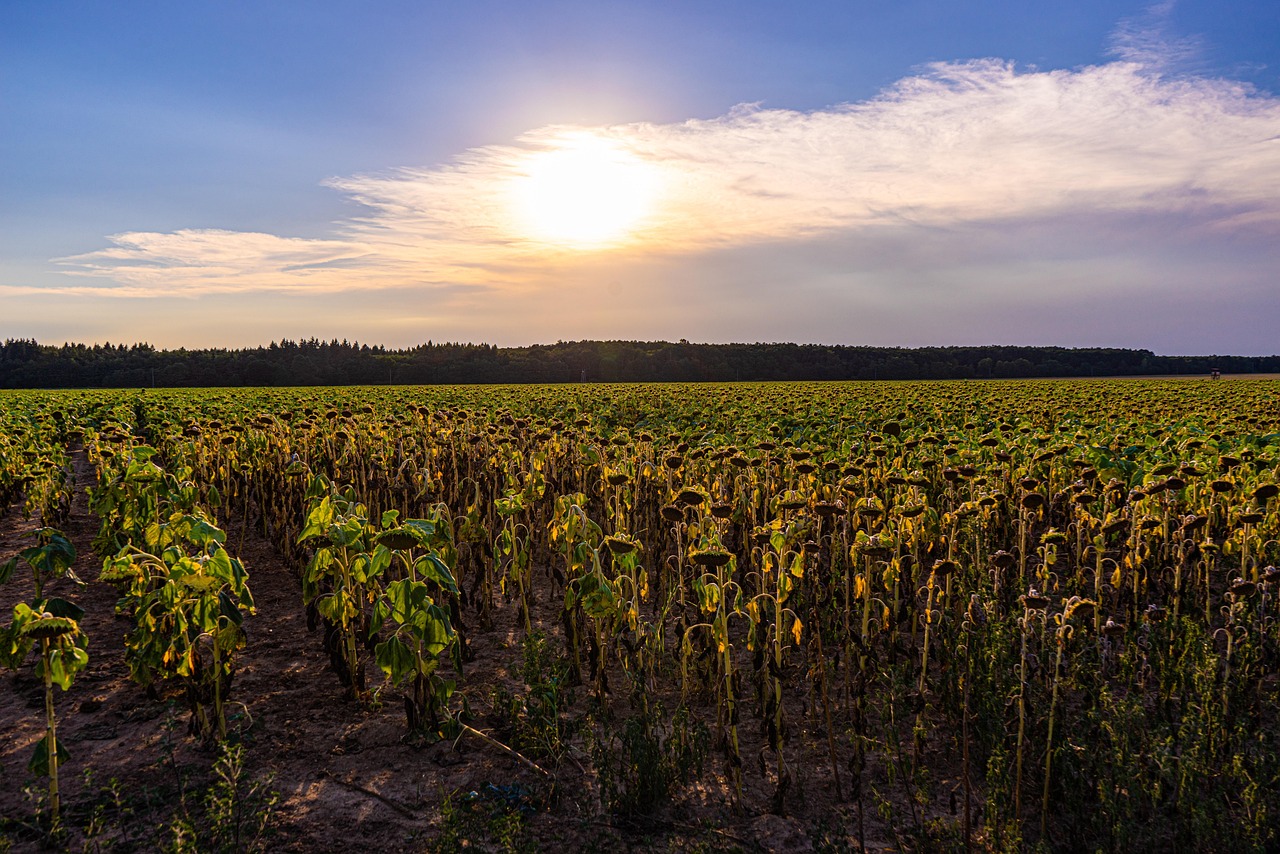- What Earth’s Magnetic Field Has to Do With Climate History - October 7, 2025
- The Science Behind Heat Domes and Their Growing Impact - October 7, 2025
- What Ancient Lake Beds Teach Us About Past Rainfall Patterns - October 6, 2025
1. Understanding Urban Heat Islands (UHIs)
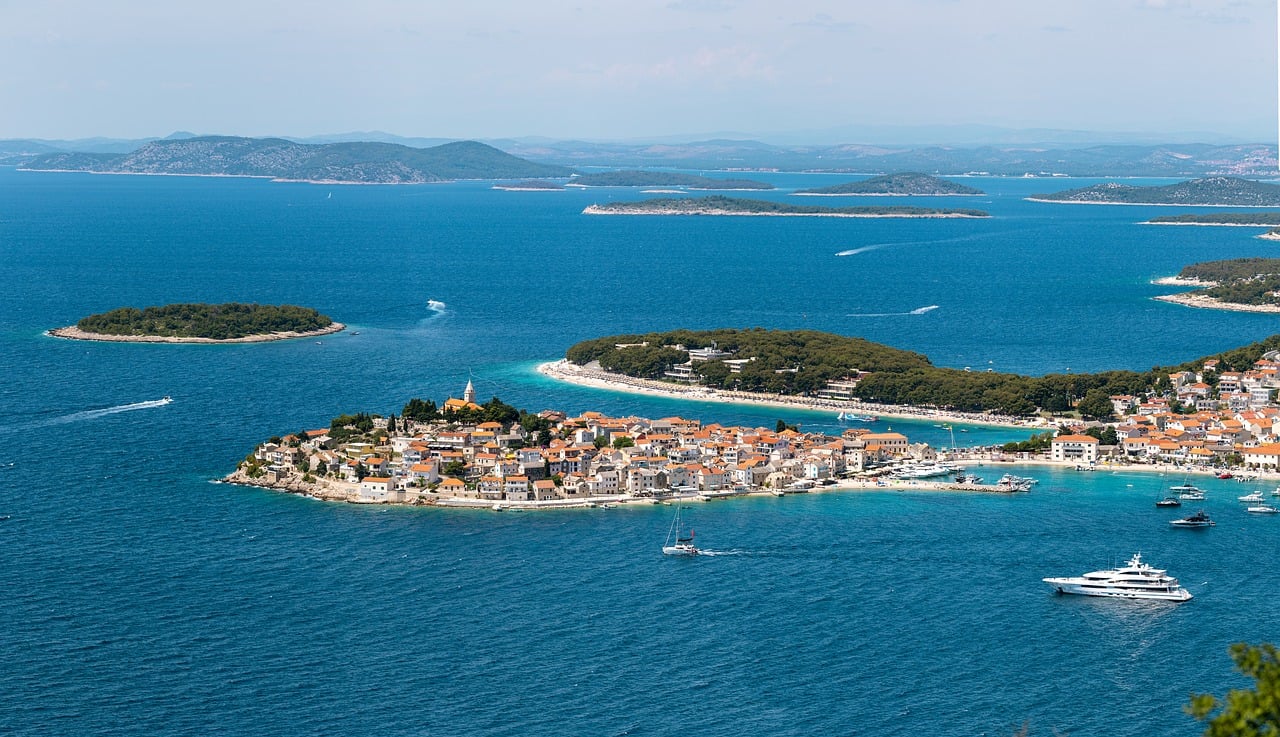
Urban Heat Islands (UHIs) are a growing concern in cities worldwide, marked by noticeably higher temperatures than in surrounding rural areas. According to recent data from the National Oceanic and Atmospheric Administration (NOAA), these temperature differences can reach up to 5°F (2.8°C), and in peak summer months, cities like Phoenix and Los Angeles have reported differences as high as 10°F (5.6°C). The cause is rooted in the dense concentration of buildings, asphalt, and other materials that trap and radiate heat. This effect is amplified by a lack of greenery and the heat produced by vehicles, factories, and air conditioning units. In 2024, satellite imagery revealed that major U.S. cities continue to expand their heat footprints, with urban sprawl exacerbating the phenomenon. The rapid pace of urbanization means more surfaces are covered with heat-absorbing materials, further raising temperatures. The impact goes far beyond mere discomfort, setting the stage for a cascade of environmental and social challenges.
2. The Health Risks of Rising Temperatures
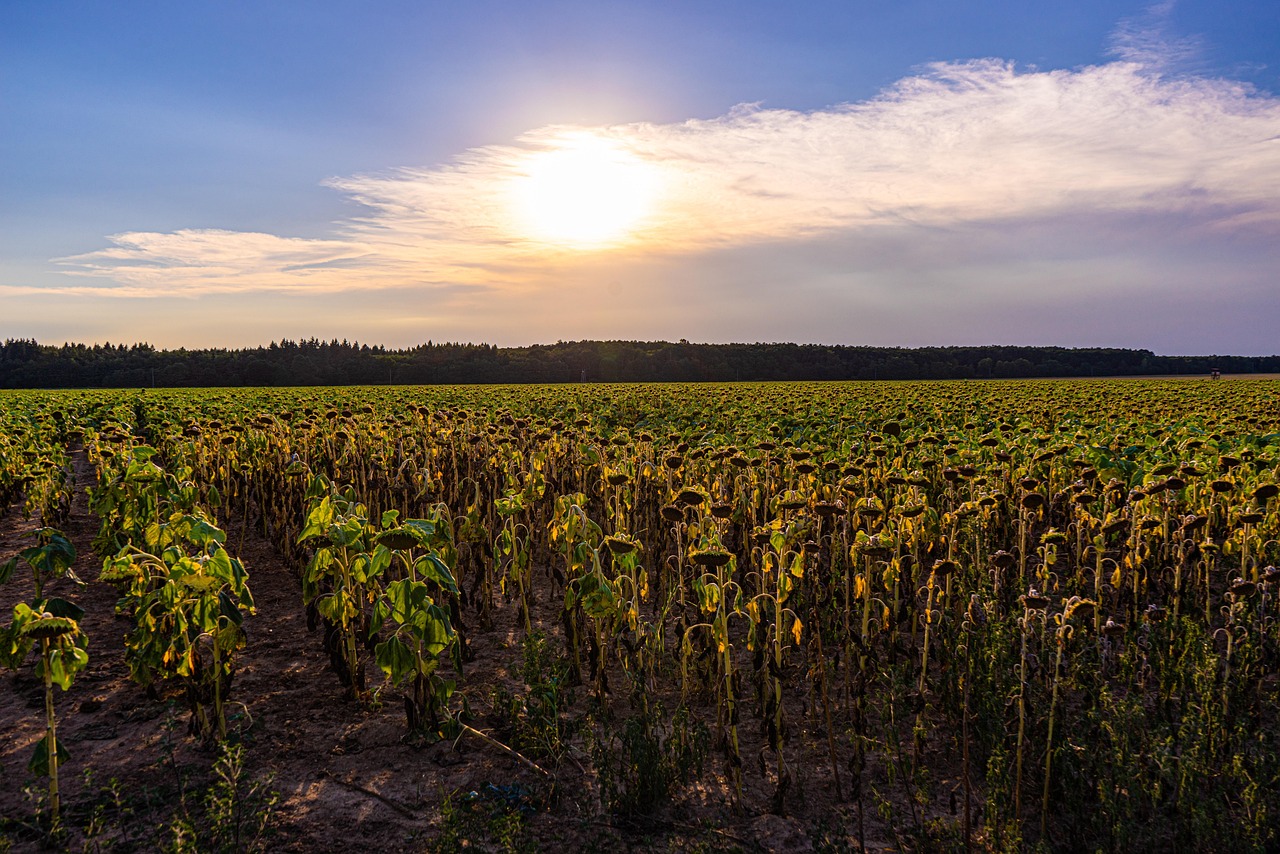
Rising urban temperatures are causing a spike in health emergencies, especially among vulnerable populations. The Centers for Disease Control and Prevention (CDC) noted a 30% increase in heat-related illnesses in cities over the past five years. In 2023, a record-breaking heatwave in Chicago saw over 700 people visit emergency rooms due to heat stress in just one week. Children, the elderly, and those with chronic illnesses are particularly at risk, as their bodies struggle to regulate temperature under extreme conditions. Heat can worsen existing conditions like asthma, heart disease, and diabetes, leading to higher hospitalization rates. The World Health Organization (WHO) projects that climate change, fueled in part by UHIs, could contribute to an additional 250,000 deaths annually between 2030 and 2050. Mental health is also affected, with increased rates of anxiety and depression linked to prolonged heat exposure. These trends underscore the urgent need for cities to implement heat mitigation strategies to protect public health.
3. Economic Implications of Urban Heat Zones

The economic fallout from expanding urban heat zones is substantial and multifaceted. In 2024, the American Society of Civil Engineers (ASCE) estimated that U.S. cities could incur up to $100 billion annually in heat-related infrastructure damage by 2030. This includes buckled roads, damaged rail lines, and deteriorating buildings. Energy costs are also soaring as residents crank up air conditioning; Houston, for example, experienced a 15% spike in electricity bills during last summer’s heat waves. Heat stress affects not just infrastructure but also productivity—outdoor workers are forced to take more breaks, and businesses experience increased absenteeism. Agriculture in peri-urban areas has suffered as well, with heat stress causing lower yields and driving up food prices. Insurance companies have reported an uptick in claims related to heat damage, highlighting the broad financial risks. Economic disparities are also widening, as low-income communities are less able to afford cooling solutions, amplifying existing inequalities.
4. Environmental Consequences of Expanding Heat Zones

Expanding heat zones are taking a heavy toll on urban environments. The Environmental Protection Agency (EPA) reported in 2024 that cities with pronounced UHI effects saw a 20% rise in ground-level ozone, which is linked to respiratory illnesses and environmental degradation. Heat stress is also killing trees and degrading green spaces, which are essential for absorbing carbon dioxide and cooling urban air. As vegetation dies off, cities lose natural cooling mechanisms, creating a feedback loop where heat fuels further warming. Water resources are strained as higher temperatures increase evaporation and demand for irrigation. Wildlife is impacted as well, with urban heat altering migration patterns and endangering species that rely on cooler habitats. Soil quality suffers from excessive heat, reducing its ability to support plant life. These cascading effects highlight the urgent environmental stakes tied to unchecked urban heat expansion.
5. Urban Planning and Mitigation Strategies
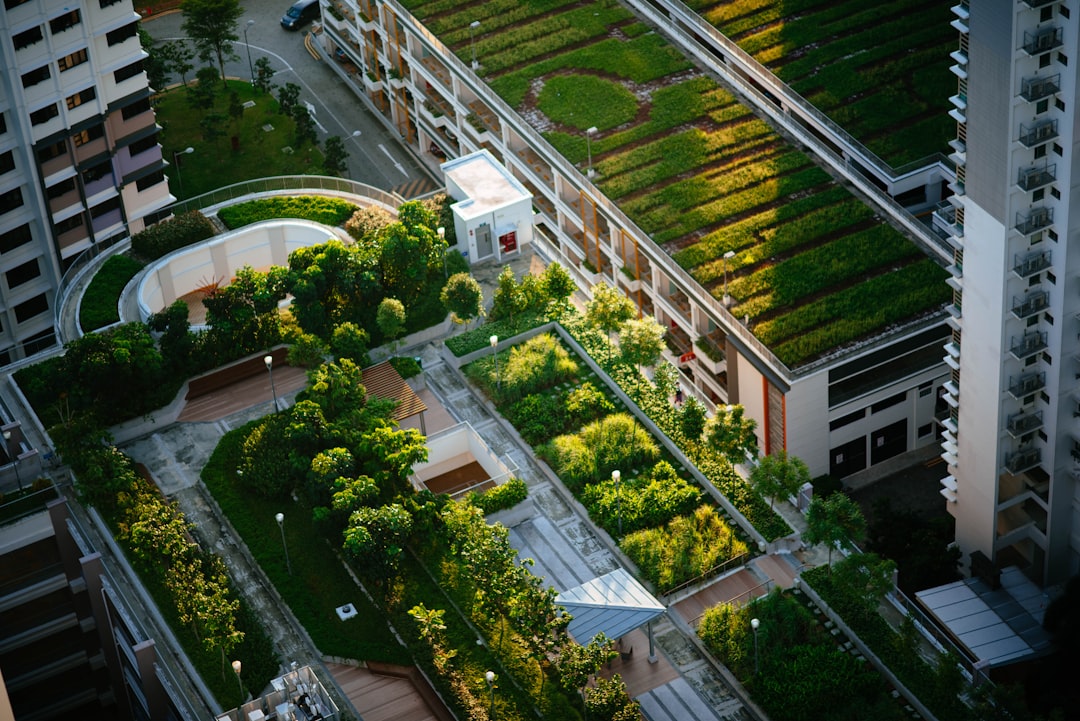
City planners are racing to counteract the effects of UHIs with innovative solutions. Green roofs, which involve planting vegetation on building rooftops, have been shown to reduce surface temperatures significantly—New York City aims to boost its tree canopy by 30% by 2030, a move projected to lower neighborhood temperatures by up to 5°F (2.8°C). Reflective pavements, now in use in Los Angeles, can make roads up to 10°F (5.6°C) cooler by reflecting rather than absorbing sunlight. Cities are also investing in urban forests and parks to create shaded areas and improve air quality. Permeable pavement allows rainwater to seep into the ground, reducing both heat retention and stormwater runoff. Community gardens and pocket parks are popping up in dense neighborhoods, providing much-needed relief. These strategies require coordinated investment and long-term planning, but their benefits are already visible in pilot areas.
6. The Role of Policy and Governance
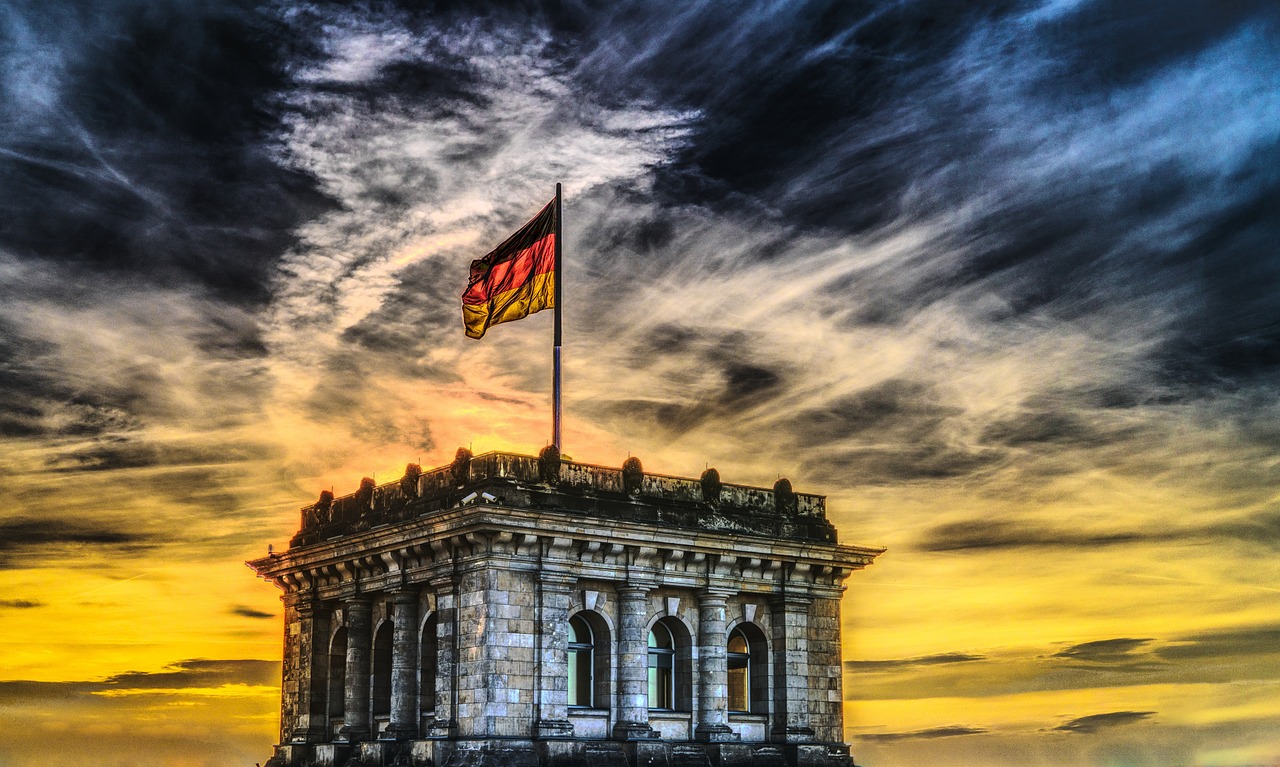
Legislation and policy are key in driving large-scale solutions to the urban heat crisis. In 2024, the U.S. Congress enacted the Urban Heat Resilience Act, dedicating $500 million to researching and implementing cooling measures across American cities. Local governments are now required to develop heat action plans, which include preparedness drills, public education, and emergency response protocols. San Francisco has rolled out a citywide heat health alert system, sending real-time warnings to residents during dangerous heat events. Policies are also incentivizing private building owners to adopt cool roofs and energy-efficient upgrades. Federal, state, and local collaboration is critical—without alignment, efforts can be fragmented and less effective. Internationally, cities are sharing best practices through networks like C40 Cities, accelerating the adoption of proven strategies. The policy landscape is rapidly evolving, with climate adaptation now a central focus for urban governance.
7. Community Engagement and Awareness

Grassroots involvement is crucial for the success of heat mitigation efforts. In 2024, the Heat Action Network launched high-profile campaigns in Miami and Atlanta, focusing on educating residents about heat risks and preparedness. Workshops teach people how to identify the signs of heat exhaustion and how to use cooling kits distributed by local health departments. Community cooling centers, often located in libraries and recreation centers, provide safe havens for those without air conditioning. Neighborhood watch groups are trained to check on at-risk residents during heatwaves. Social media campaigns have also played a role, spreading tips on staying cool and conserving energy. By fostering a culture of awareness and mutual aid, cities are building resilience from the ground up. The success of these programs is measured by reduced emergency room visits and higher community satisfaction in affected areas.
8. Technological Innovations in Heat Mitigation
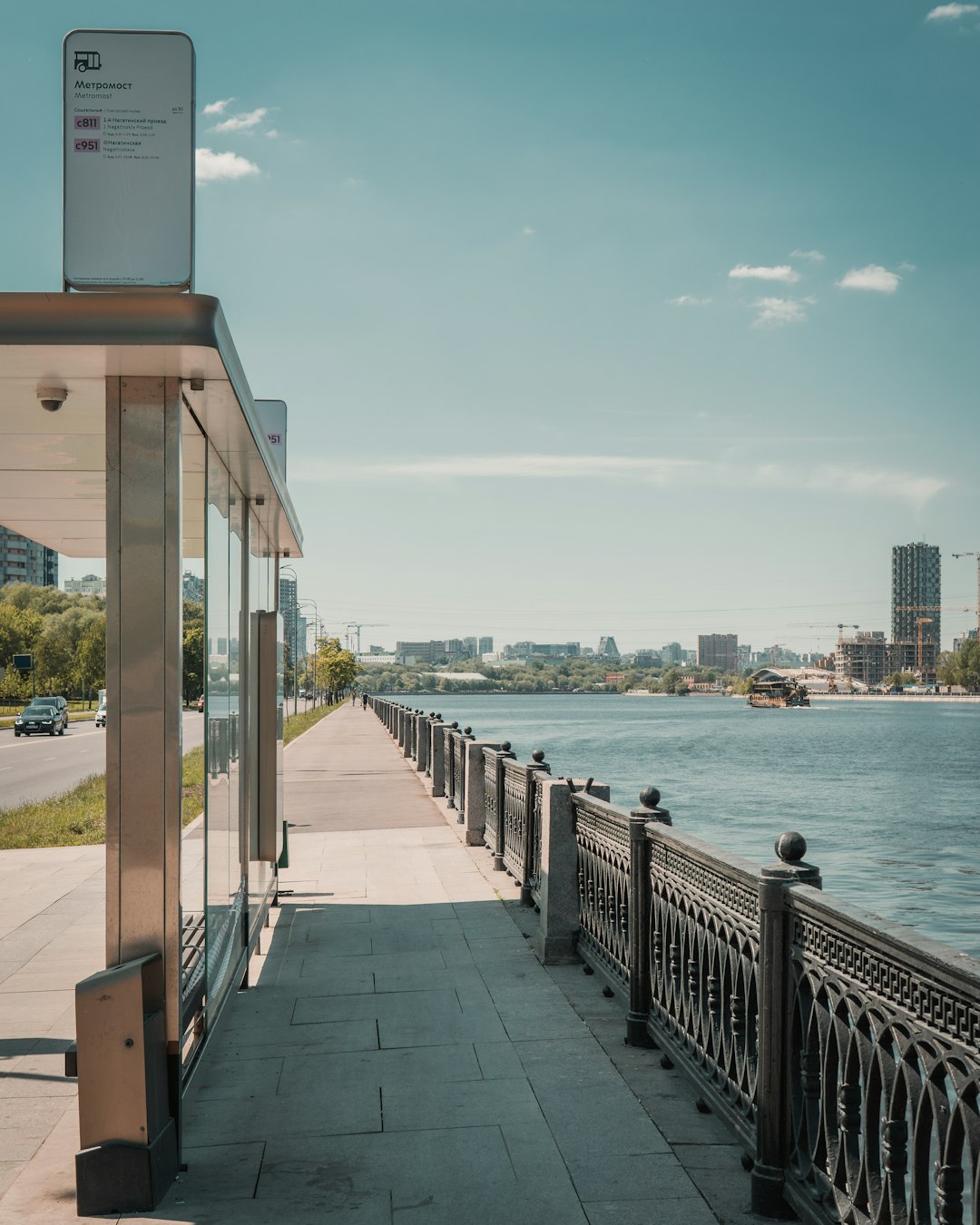
Technology is offering new hope in the battle against urban heat. In 2025, Austin, Texas, is rolling out a citywide network of temperature sensors, providing real-time data that helps target the hottest neighborhoods for intervention. Advanced materials, like high-reflectivity coatings and permeable concrete, are now standard in new construction projects. Smart irrigation systems automatically water urban greenery based on temperature and humidity, ensuring plants survive heatwaves. Drone technology is being used to map urban heat patterns with unprecedented precision. Apps now alert citizens to dangerous heat levels and direct them to the nearest cooling centers. These innovations not only improve immediate comfort but also feed valuable data into long-term urban planning. Cities that embrace technology are seeing measurable drops in surface temperatures and improved quality of life.
9. Case Studies of Successful Interventions

Several cities are already reaping the benefits of targeted heat mitigation initiatives. Singapore’s “Garden City” campaign, now decades old, has transformed the city with vertical gardens and tree-lined streets, contributing to a 2°C drop in urban temperatures. Melbourne’s “Cool Roofs” initiative incentivizes homeowners to install reflective materials, leading to a 7% reduction in summer energy use across the city. In Paris, the “Oasis Schoolyards” project has turned asphalt playgrounds into green, shaded spaces that double as community parks during heatwaves. New York’s “Million Trees” program planted over a million new trees and saw city temperatures cool measurably in dense urban neighborhoods. These examples prove that with focused investment and community involvement, cities can beat the heat and improve residents’ well-being.
10. Future Outlook: Preparing for a Hotter World

Climate projections for 2050 indicate that urban areas could see average temperature increases of up to 4°F (2.2°C) if current trends continue. This will place unprecedented stress on infrastructure, public health systems, and natural resources. Cities are now integrating climate adaptation into their core planning, prioritizing green infrastructure, sustainable building codes, and emergency preparedness. Forward-thinking urban centers are leveraging public-private partnerships to fund large-scale cooling projects. Education and workforce development are shifting to include climate resilience skills, preparing residents for new realities. The urgency is clear: without decisive action now, urban heat zones will continue to expand, amplifying risks for millions.

